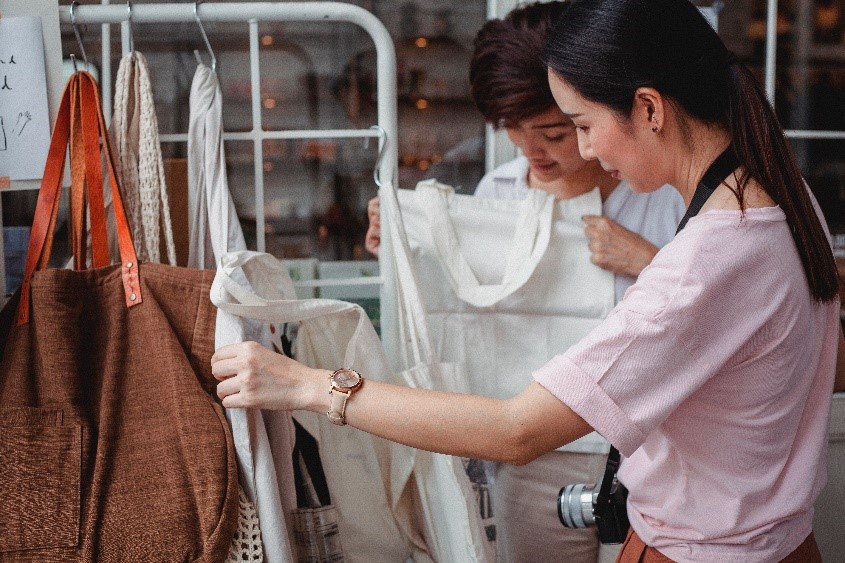How Are Big Fashion Brands Accepting Slow Fashion and Sustainability

Clothing has transformed a lot in the previous two decades. Since the textile industry creates the largest amount of waste globally, more brands are now accepting slow fashion and sustainability. Sustainable fashion is becoming even more popular in recent years as more people accept fast fashion’s social and environmental impact.
Sustainable fashion for brands means incorporating ethical and environmentally-friendly processes that create limited waste. Here are some of the ways that big fashion brands are accepting slow fashion.
1. Designing Better Products
Genuine sustainability is all about sourcing the right materials before any design begins. The sourcing must be ethical, including the processes, materials, and other techniques involved. Investing in modern product lifecycle management can allow fashion brands to maintain consistent product quality.
Due to better technology, they can track thread count and yarn quality for every product. This sort of technology also allows for standard compliance and different tiers of supply.
2. Better Planning
Fashion brands are no longer planning to create a product but taking care of the dismantling and final usage. Many of Levi’s brand’s videos show the consistent reusing of the jeans’ material, which shows the product’s sustainability. However, a sustainable process can lead to more research and planning regarding production and end processes. If any projects cannot meet standard compliance, the company may have to abandon these projects.
3. Extending the Product Life
Sustainability also concerns where the product will end up in the long run. Sometimes people will throw away a perfectly good product due to a rip or a stain, so the right material quality is necessary to extend the product’s life. Big brands also create avenues for customers to return wasted or ruined products.
Sustainable packaging and quality yarns can also extend the product’s overall life. However, there would also be an increase in the price of said goods which must be communicated to customers.
4. Safe Manufacturing
A lack of environmental impact is one of the most important aspects of slow or sustainable fashions. The company must pick a place where endangered species are not disturbed, and the habitats for these species are maintained. Big fashion brands also can restore lands and local communities to the required people. They must also comply with ethical standards such as paying their employees a livable wage and not creating sweatshops in developing countries.
5. Working with Sustainability Data
Sustainability may be properly impacted using data. Transparency and visibility around their sustainability programs can help brands understand how far they have come and where they are going. These brands also realize that more consumers are now opting for sustainable brands, which is how they may generate a fair amount of profit if they follow the right procedures. True sustainability cannot just be procured through greenwashing. Instead, it’s necessary to adhere to the proper procedures to achieve it.
Final Thoughts
Big fashion brands have the most accountability to take when it comes to fast fashion. These fashion brands can assume responsibility and transform the climate landscape in the world, making fashion and sustainability accessible to the masses.

